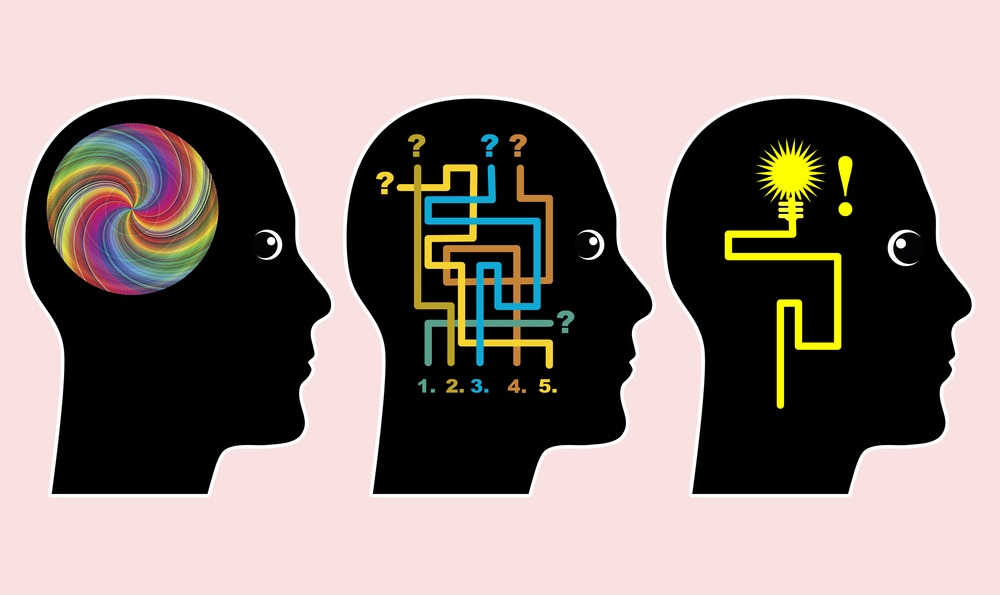Engaging audience comprehension and understanding
Everyone learns and absorbs information differently. Especially in a meeting space. Knowing how attendees best absorb information could result in a positive outcome for everyone involved.
Whether someone is a visual, kinesthetic (learn-by-doing), verbal, logical or auditory learner, there are a variety of ways of engaging and providing appropriate recourse.
Interactive Learning

Smart Meetings spoke with Ryan Mazon, vice president of business development of Array, a content engagement partner for life sciences events. At events, Array uses a network of iPads that allows attendees to interact with the content being presented to them.
Read More: How to Encourage All Personality Types to Open Up
“If they see something that they like, they can take a note and they can just type in a note to themselves—they create personal portfolios of information,” Mazon said. “Those other types of learners are ones that can draw on slides and can circle certain things instead of typing them out. They are interacting with more of a hands-on type of scenario.”
Engaging the Confusion
When it comes to polling at events, Array can show real-time results once attendees have punched in their responses.
Though the process of polling isn’t new, Array aims to benchmark the audience during the session. “We ask them the question—we get the result,” Mazon explains, adding that the presenter can also see the results in real time and is then able to adjust the focus and flow based on where the audience is.
“[In] a lot of life science type of meetings, it’s very important that the individuals who are being trained understand that they’re being trained,” he said. “It’s not about the 86% who are telling you: I get it. It’s the 14% who are walking out saying thank you, I’m still confused, or I’m going to do it wrong.”
When an audience member engages the Array iPad with a question or comment it doesn’t disappear into the void. All queries submitted are responded to live by either the presenter or a staff member.
“When a reply is received through our system, we see a 46% increase in the number of questions that are even asked. They’ve received a response. Oh, someone’s listening to me.”
The Transfer of Knowledge
In real-time, Array can see the transfer of knowledge between the presenter, the iPad and the attendee.
Mazon points to the forgetting curve that shows how information is lost when someone doesn’t try to retain it. “We address that forgetting curve because as they’re learning, they’re taking notes and they’re contributing to this portfolio. What we’re doing is collating all those notes into individualized emails. We’re sending them those learnings immediately after the event, which is going to then spark remembrance.”
Re-engaging the Audience
Once the Array team leaves the event and returns to Denver, the data security team begins to pull the information off the servers and creates individualized emails for the attendees. While it is common practice for presenters to send out the entire slide presentation to the attendees, Array operates a little differently.
Read More: Elevating Engagement
Array focuses on the pieces of information that the attendees engaged with during the event—mainly those specific portions that an attendee saved during the presentation.
“Instead of them having to go through all the decks and what was it that presenter said that changed my whole day?” he asked. “‘I have to go search for it.’ They probably won’t remember. If we pull it out and we get it to them immediately after the event, well then it’s top of mind and it’s on there. It’s in their inbox as soon as they get back to the office.”
Keeping the various forms of communication and information in mind when planning for the attendee experience can be extremely beneficial from an educational point of view, “You should be able to touch each one of these individuals in a way it’s going to resonate the best.”





